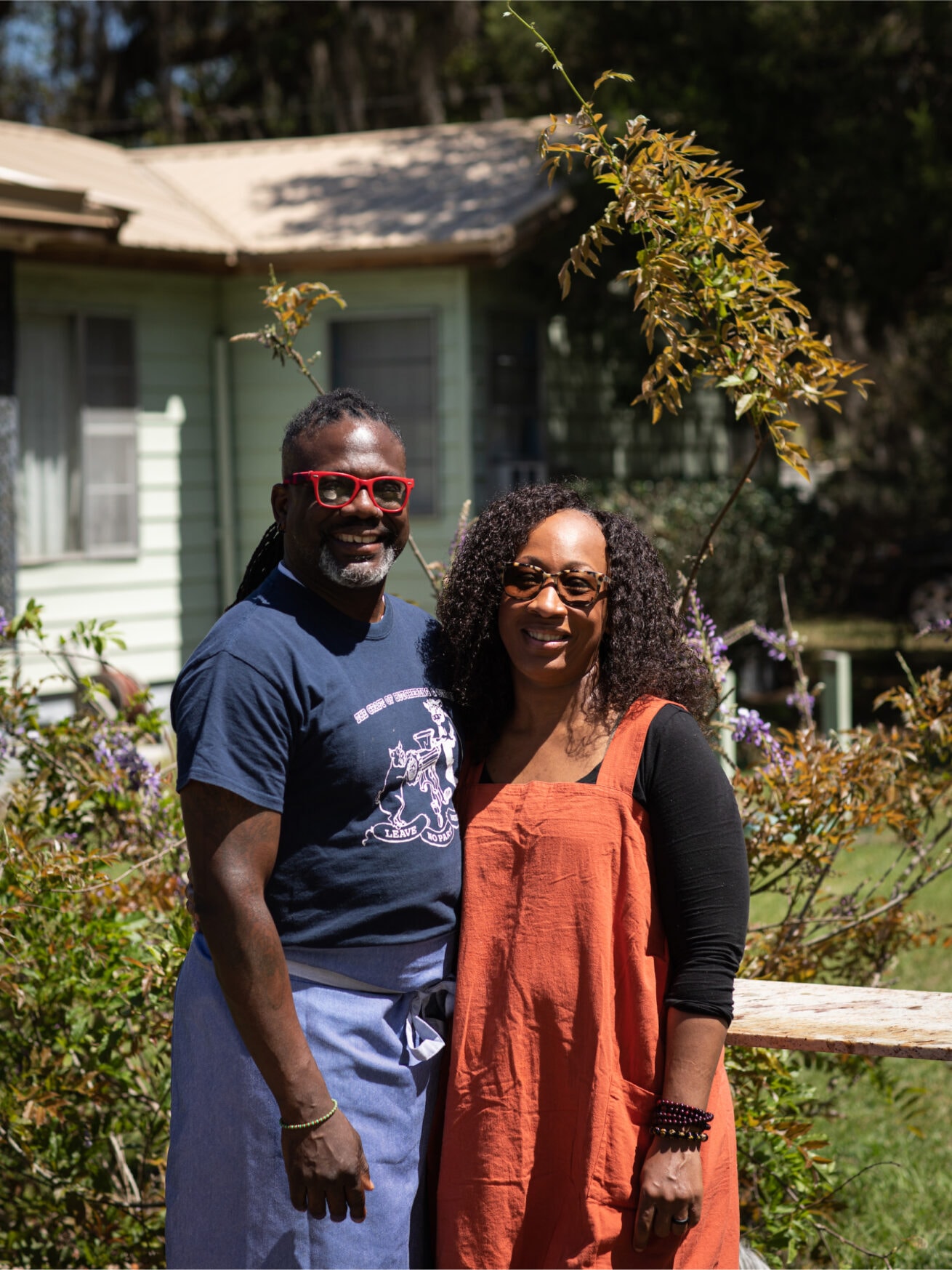
Cooking Video
We teamed up with chefs and farmers Tia and Matthew Raiford to make this series of cooking videos for anyone looking to learn how to cook all the cuts in their bulk share.
Good Meat BreakdownCookingChoosing and Cooking Cuts
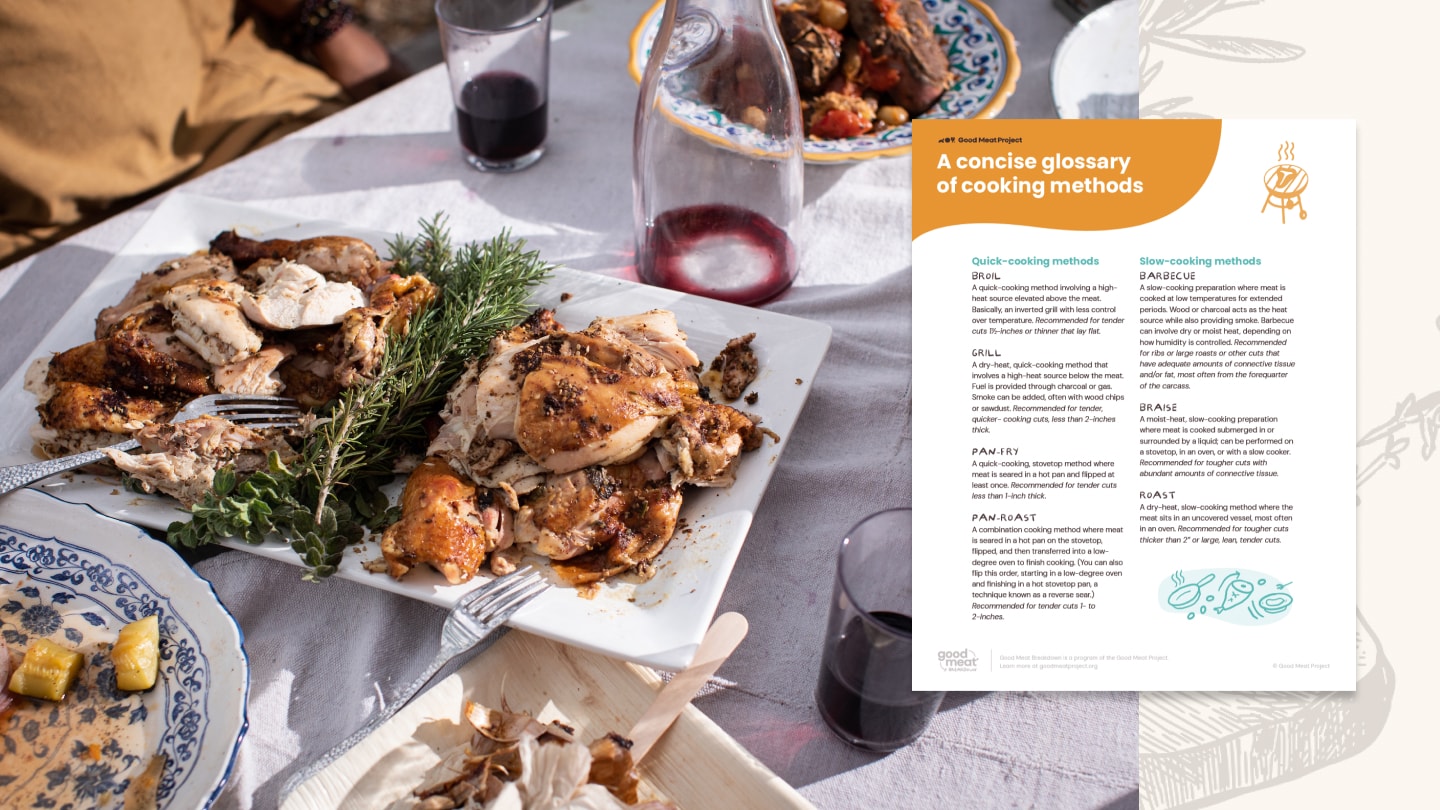
This handy guide will help you select the appropriate cooking method for each cut of meat, no matter the species. Scroll to the bottom of the page for a handy dandy printable PDF.

A quick-cooking method involving a high-heat source elevated above the meat. Basically, an inverted grill with less control over temperature. Recommended for cuts 1½-inches or thinner that lay flat.
A dry-heat quick-cooking method that involves a high-heat source below the meat. Fuel is provided through charcoal or gas. Smoke can be added, often with wood chips or sawdust. Recommended for quicker cooking cuts, less than 2-inches thick.
A quick-cooking, stovetop method where meat is seared in a hot pan and flipped at least once. Recommended for tender cuts less than 1-inch thick.
A combination cooking method where meat is seared in a hot pan on the stovetop, flipped, and then transferred into a low-degree oven to finish cooking. (You can also flip this order, starting in a low-degree oven and finishing in a hot stovetop pan, a technique known as a reverse sear.) Recommended for tender cuts 1- to 2-inches.
A slow-cooking preparation where meat is cooked at low temperatures for extended periods. Wood or charcoal acts as the heat source while also providing smoke. Barbecue can involve dry- and moist-heat, depending on how humidity is controlled. Recommended for ribs or large cuts that have adequate amounts of connective tissue and/or fat, most often from the forequarter of the carcass.
A moist-heat, slow-cooking preparation where meat is cooked submerged in or surrounded by a liquid; can be performed on a stovetop, in an oven, or with a slow cooker. Recommended for tougher cuts with abundant amounts of connective tissue.
A dry-heat slow-cooking method where the meat sits in an uncovered vessel, most often in an oven. Recommended for cuts thicker than 2” or large, lean cuts.
“Sous vide” means “under vacuum,” in French. It refers to the process of vacuum-sealing food in a plastic bag, or other appropriate container, and cooking it to a precise temperature, in a circulating water bath. While this method is used mostly in restaurant kitchens, several companies have created affordable “precision cooking devices” for home cooks. Sous vide is a low temperature, slow cooking method that results in even cooking, as well as tender and moist meat. The temperature is precisely controlled while the meat cooks in its own juices, which means sous vide can be used on any cut of meat, though cooking times and temperatures will vary, depending on the cut.
With the advent of the popular Instant Pot, pressure cooking is back in fashion. Pressure cooking is the process of adding water or a water-based cooking liquid to meat or other ingredients in a sealed vessel known as a pressure cooker and cooking that under high-pressure steam. You can use this method with just about any cut you might steam, roast or braise. Cooking times and pressure levels vary based on the cut of meat you're cooking. Instant Pots and other pressure cookers can dramatically cut down on cooking times and prevent meat from drying out.
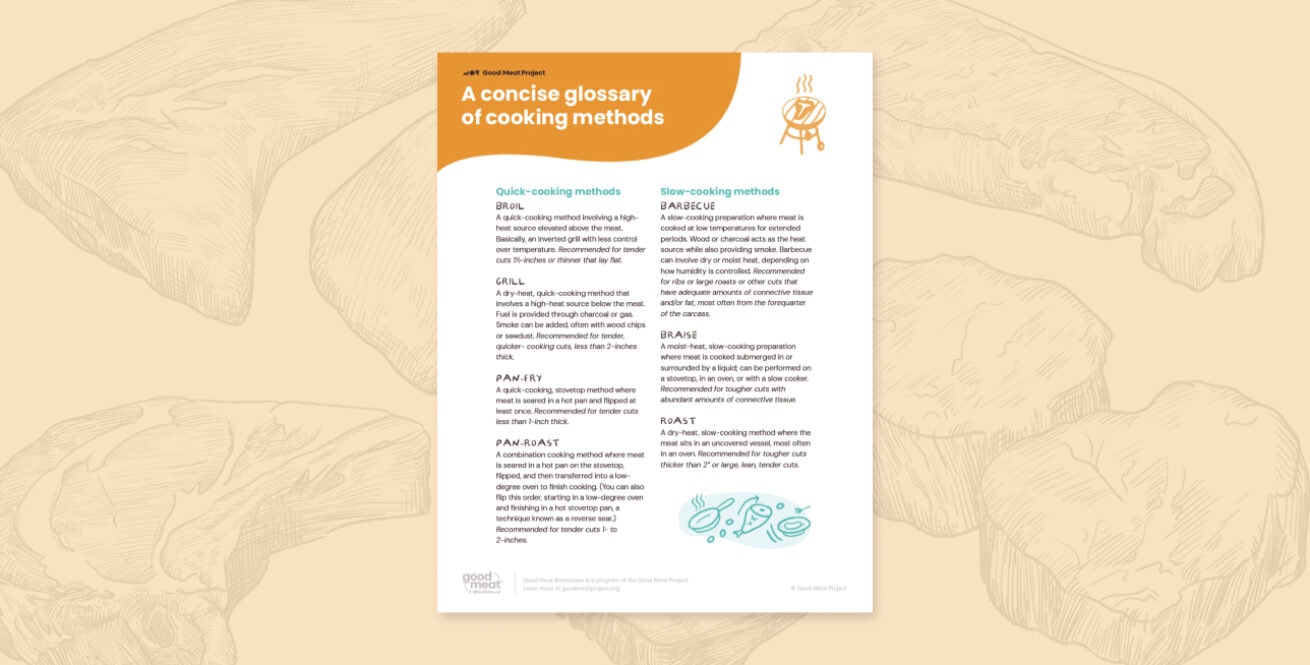

We teamed up with chefs and farmers Tia and Matthew Raiford to make this series of cooking videos for anyone looking to learn how to cook all the cuts in their bulk share.
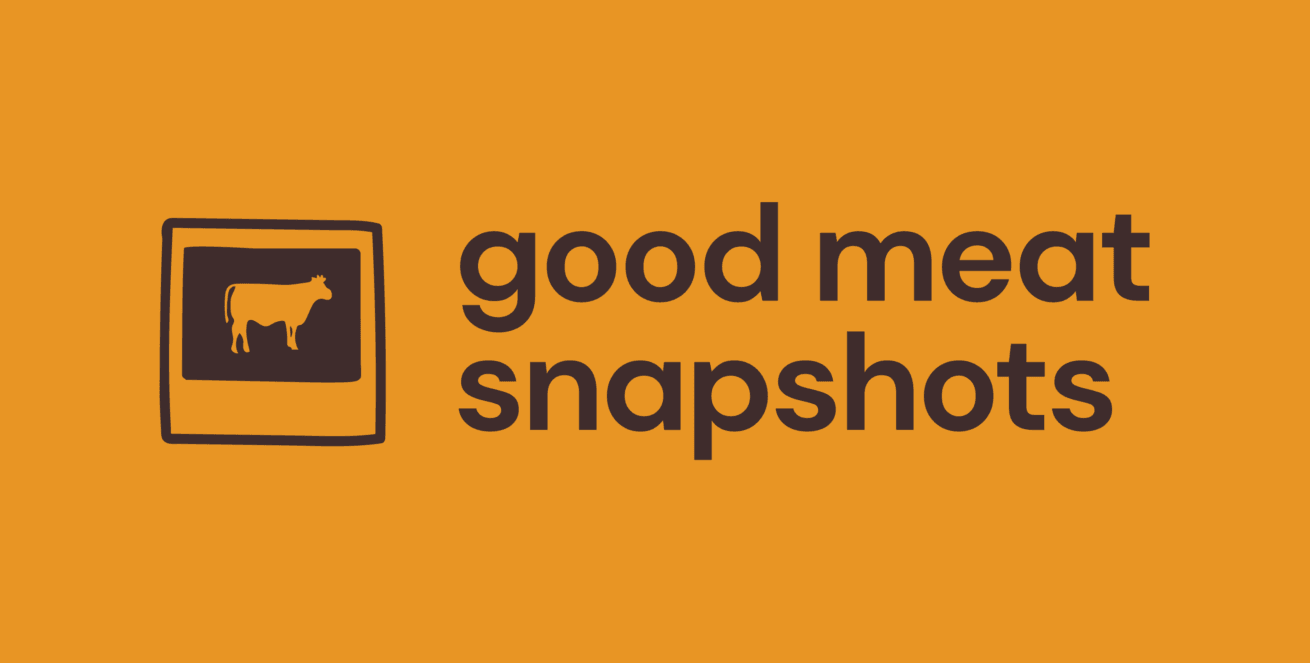
Read about some of the people in our Good Meat® community who also like to cook and eat Good Meat.

Learn more about how to make certain cuts more tender, and why.
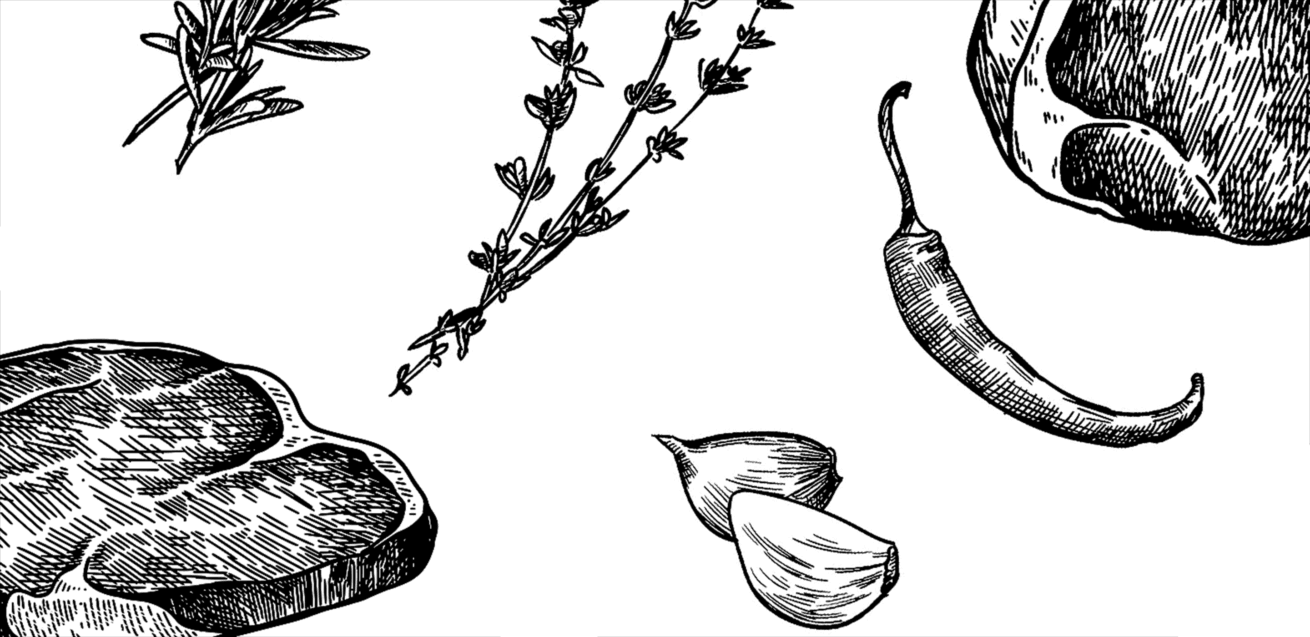
Practical tools and a national directory to help you choose—and champion—ethical and responsible meat.